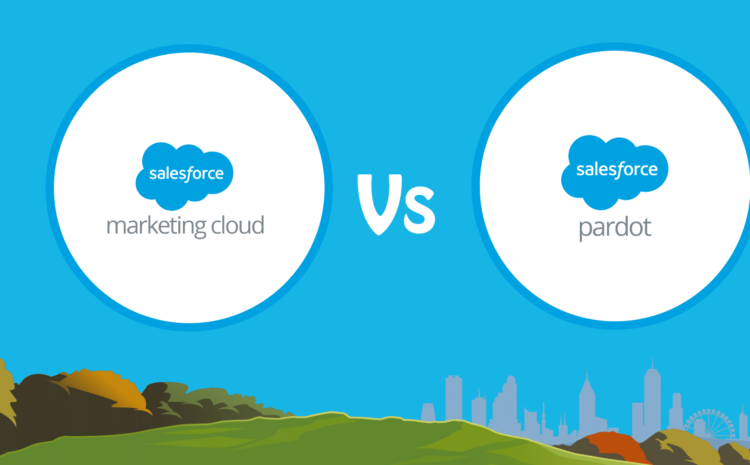Page loading time plays a significant role in providing a pleasant user experience. Poor Salesforce performance can be frustrating for users and a burden on industry resources. This is especially true for CRM platforms like Salesforce, which have numerous pages, workflows, and data, all of which contribute to page loading time.
If you’ve been using Salesforce development services, you’ve probably heard a lot about how Lightning Experience is quick and efficient. Optimizing Salesforce Lightning pages can significantly enhance their performance. Salesforce is the most widely used option for cloud-based CRM software.
Establishing more effective relationships with partners and potential clients is crucial for businesses, and they can achieve it using the Salesforce development platform. Businesses use the Salesforce development environment to monitor customer behavior, market to customers, and perform various other essential tasks. Therefore, Salesforce performance is essential for both your brand and the user experience. Customers don’t care about the reason why the self-service portal is down, why the support staff can’t fix their problem, or why the sales representative doesn’t contact them within the predetermined time limit. They expect all operations to function smoothly. Hence, we would like to reiterate the top Salesforce performance optimization strategies.
- Get rid of Unnecessary Pages and Courses
The enormous number of connected records included within Lightning pages was the primary cause of their poor performance. For instance, all the additional information related to a specific “opportunity” will open up if you click on it. Several of these details are unnecessary for users, and it’s best to remove them to reduce loading time. The server will be under less stress, and page loads will take much less time.
- Discard and Separate VF Pages
Page optimization can benefit from information or data being divided into several tabs. An agent needs a lot of knowledge all at once, as explained previously. Therefore, there’s no need to overwhelm them with information all at once. Create separate tabs for each piece of information to customize the VF pages.
As a result, queries made to the server are controlled, making the pages more responsive. This not only helps in raising the speed but also in organizing information and improving the user experience of the pages.
- Apex Refactoring
To further improve Salesforce performance and reduce execution time, take the following actions:
- Cut down on repetitions with Apex Refactoring: You can change the code’s internal organization with the aid of Apex Refactoring, ending looping while preserving outward behavior. The execution time is shortened by using this process.
- Employ the trigger framework: The performance of the website will suffer if a single object has numerous triggers linked to it. So, it’s advised that you use the one object, one trigger formula in this situation. This works in conjunction with Salesforce’s functionality. After using these crucial strategies, your clients will notice a significant improvement in the performance of the Lightning Component.
- Handle Data and Resources in a Priority Order
The development team should implement the Salesforce development lifecycle carefully to improve Salesforce performance. If the amount of data is large, you will have to wait for Salesforce to respond. You must make sure that the Salesforce development framework offers data in packs to solve this issue. Additionally, you must allow page navigation to help you easily browse the material.
This issue can also be solved by providing data asynchronously. Caching huge items that are rarely changed over the network is another excellent technique to improve Salesforce performance. By putting in place an effective data archiving strategy, your organization can perform well and reduce the data load.
These days, employees connect many devices to the company’s wireless networks, depleting the capacity for critical applications like Salesforce. Make sure you have enough broadband capacity, which can be done by analyzing employee traffic and then prioritizing crucial programs for use at the office or by setting up a separate network for the employees’ devices.
Conclusion
Salesforce development is one of the most widely used Customer Relationship Management (CRM) platforms today. It offers various features that boost admin productivity, provide more transparent data visualizations, and broaden summary views for faster consumption. However, a slow-performing system can be a significant drain on corporate resources and a source of frustration for Salesforce engineers.
If you’re planning to adopt and customize Salesforce and need assistance, consider contacting CloudQ, a reputable Salesforce Consulting Partner that offers implementation, integration, migration, improvement, and development services. CloudQ is the top Salesforce development business and can help you optimize your system’s performance and enhance your user experience.




